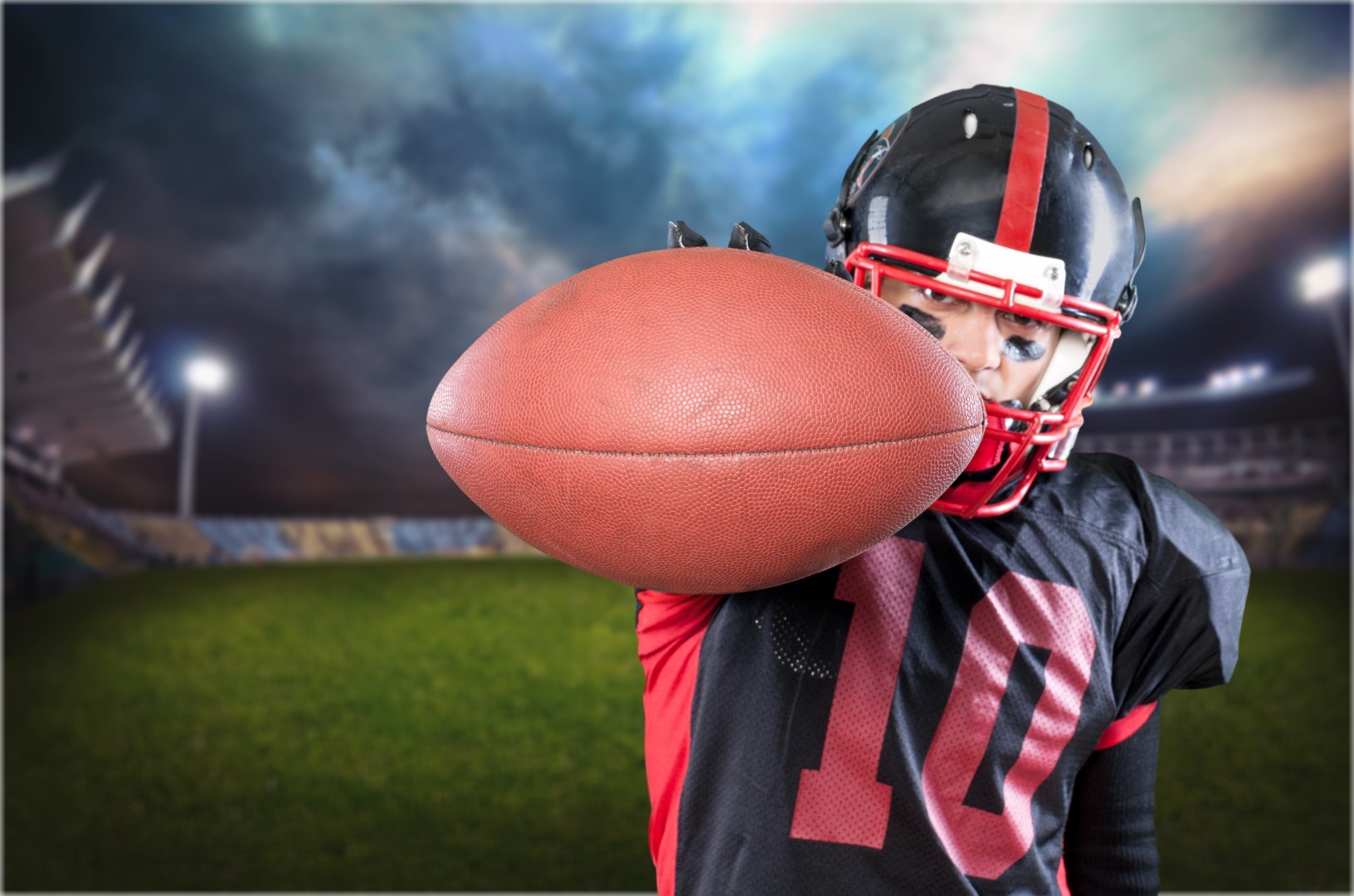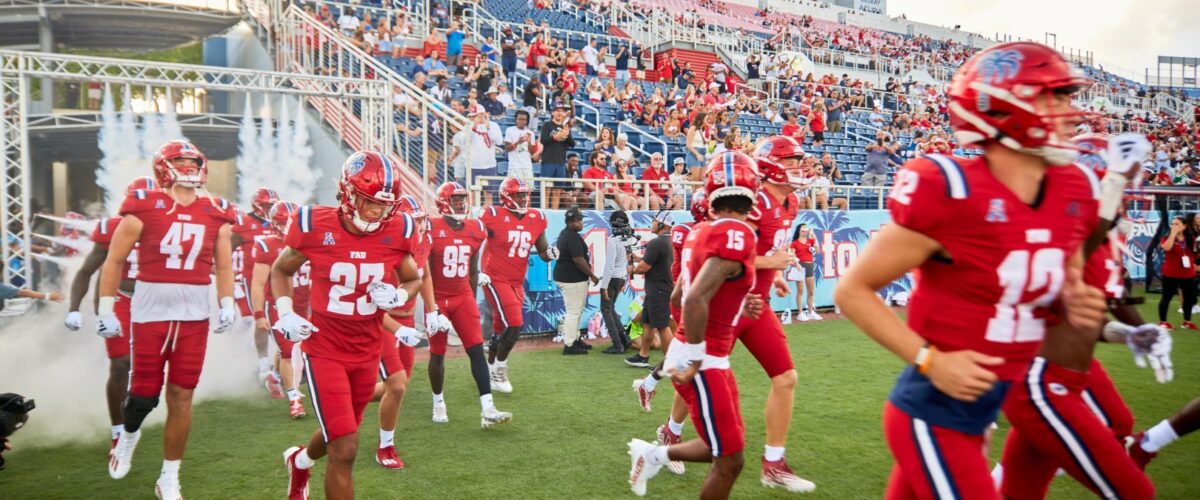We usually think of heart attacks or sudden cardiac arrest (SCA)—when the heart abruptly loses its normal rhythm and stops beating—as something that happens to older people. After all, heart disease is the leading cause of death in adults in the U.S. So we’re shocked when we hear young athletes dying of heart attacks or suffering from SCA, like Buffalo Bills safety Damar Hamlin or USC basketball star Bronny James. Fortunately, both gentlemen recovered and returned to play. However, sudden cardiac arrest is actually the leading cause of death of young athletes, and others have not been so lucky.
Why do young athletes have cardiac arrest? And how can schools keep their student-athletes safe? Knowledge really is power when it comes to protecting athletes from this unexpected and silent killer that can increase the chances of a heart attack in the 20s and younger. That’s why, at A-G Specialty Insurance, we’re getting the word out to schools and sports programs nationwide on how to recognize and uncover hidden risks through collaborations with organizations like Simon’s Heart.
Why Do Young Athletes Have Cardiac Arrest?
The most common reason that a young athlete suffers a sudden cardiac arrest is that they have an underlying heart condition of which they are unaware. SCA is usually caused by an unknown structural or electrical abnormality of the heart and is triggered by exercise. The difficulty with young athletes’ heart attacks is that their risk is usually not recognized or diagnosed. In most cases, we see the athlete collapse on the field as it happens. Good news: There are some warning signs if we know to look out for them.
Warning Signs of Athletes’ Cardiac Arrest
Simon’s Heart lists these 7 warning signs:
lists these 7 warning signs:
- Fainting or seizure during or right after exercise
- Chest pain with exercise
- Shortness of breath with exercise
- Unexplained shortness of breath
- Dizziness
- Extreme fatigue
- Racing heart
While some of these are the natural result of exercise, any player experiencing chest pain or seizures should let their coaches know and seek medical help. In addition, keeping tabs on players exhibiting the other symptoms can help you stay on top of the situation if symptoms elevate. Encouraging players to tell you if they are uncomfortable or experiencing heightened reactions to exercise is important, too.
One other risk for which to look out is if anyone in the athlete’s family has suddenly and unexpectedly died under the age of 50. If this has happened, it’s wise to visit a physician or pediatric cardiologist.
Seconds Count: What to do When a Sudden Cardiac Arrest Happens
If a young athlete experiences SCA, two life-saving treatments can be administered while waiting for help.
- CPR: With cardiopulmonary resuscitation, chest compression and mouth-to-mouth breathing keep the heart pumping blood until help arrives or if an AED isn’t available.
- AED: Automated external defibrillators send electronic shocks to the heart to restore its beating and rhythm. AEDs can increase the survival rate by as much as 80%.
It’s also important for your school to have an EAP (Emergency Action Plan) detailing the most common medical emergencies players face, along with instructions on what to do if sudden cardiac arrest is suspected. With CPR, AED, and EAP in place, much of SCA’s risk is reduced.
The Importance of Screenings to Prevent Cardiac Arrest
 While knowing what to look for is important, you may wonder how to prevent cardiac arrest. One of the most critical preventive measures is to have a heart screening.
While knowing what to look for is important, you may wonder how to prevent cardiac arrest. One of the most critical preventive measures is to have a heart screening.
- Simon’s Heart offers free student heart screenings that will diagnose structural or electrical heart conditions that could lead to sudden cardiac arrest.
Additionally, through our various partnerships, your school’s athletic department can have an affordable, scalable, and specialized diagnostic imaging solution.
If diagnosed with a heart condition, proper medical guidance can help prevent future risk. Student-athletes should also have—and pass—a yearly physical.
Get More SCA Facts from Simon’s Heart
Simon’s Heart is a nonprofit that was started for a boy who died before his time. The organization’s goal is to help save other children and families from the heartbreak of undiagnosed and unexpected heart conditions. At A-G, we love working with them to spread the word and keep this tragedy from happening to others.
For more information from Simon’s Heart, download their flyers or read more here. (Donations are always welcomed.)
We’re Committed to Protecting Hearts at A-G
 We’ve been protecting students and student-athletes at thousands of K-12 schools, colleges and universities, events, camps, and more for over 40 years from the high medical costs of accidents. And that goes for protecting their heart health, too.
We’ve been protecting students and student-athletes at thousands of K-12 schools, colleges and universities, events, camps, and more for over 40 years from the high medical costs of accidents. And that goes for protecting their heart health, too.
Please read more about our risk management programs that can play an invaluable role in keeping your student-athletes healthy while also controlling claim costs and reducing premiums.
If you’d like to learn more about what we can do for your school’s program and student-athletes, including our heart care programs mentioned here, please don’t hesitate to request a quote.





